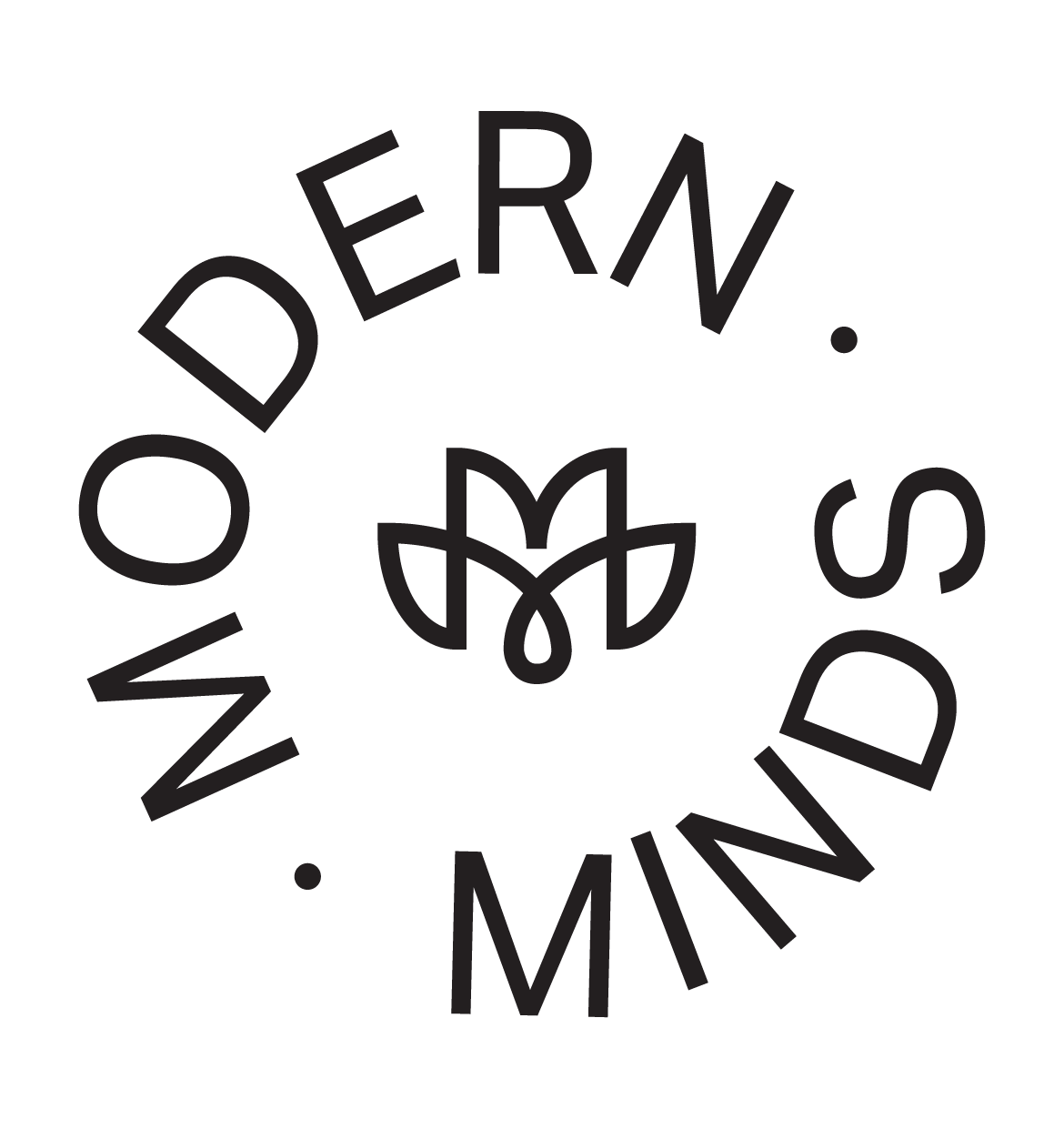Vulnerability Is Strength: Building Deeper Connections and Inner Resilience
Many people hold back their feelings to appear strong. But vulnerability is not weakness. It is a form of strength that deepens connection, builds resilience and supports self-awareness. This piece explores how emotional openness can transform how we live.
Rethinking Strength: A New Definition
Strength as emotional suppression
For a long time, strength has been tied to silence. We have been taught that to be strong is to keep it together, not cry, and push through without asking for help. This version of strength celebrates independence, stoicism and control. But for many, this comes at the cost of connection, wellbeing and self-trust.
Strength as emotional courage
Real strength looks different. It is being honest about what we feel, even when it is uncomfortable. It is the courage to be seen in our uncertainty, sadness or fear. This kind of strength creates space for healing and deepens trust with others.
A cultural shift toward openness
More people are beginning to recognise the value of emotional honesty. In therapy rooms, workplaces and families, there is growing acceptance of vulnerability as a skill rather than a weakness. It is not about being fragile. It is about being real.
Strength in Vulnerability
Vulnerability is not about spilling every detail of our lives or being emotionally exposed without boundaries. It is the willingness to be emotionally present, to say what we feel and need in a way that is both honest and respectful. Psychologically, it means showing up with our true selves rather than hiding behind masks of perfection, sarcasm or detachment.
Connection through honesty
When we express vulnerability, we invite others to see us as we really are. This openness builds trust. It allows space for empathy and shared humanity. In relationships, emotional honesty becomes a bridge. It tells the other person, “I trust you enough to be seen.” This is where closeness grows.
Resilience through emotional processing
Naming what we feel gives us a path through it. Vulnerability helps us stay connected to our experience rather than shutting down or avoiding discomfort. It allows us to move forward with clarity and self-support. This is how resilience is formed — not through avoidance, but through presence.
Self-awareness through openness
Being vulnerable also means being curious about our own inner world. When we speak our truth, we often hear it for the first time ourselves. This awareness helps us recognise patterns, understand our values and meet our fears with compassion.
As researcher Brené Brown writes, “Vulnerability is not winning or losing. It’s having the courage to show up when you can’t control the outcome.” That courage is the heart of emotional strength.
Barriers to Vulnerability
The beliefs that keep us quiet
Vulnerability can feel risky because many of us have been taught to stay guarded. Messages like “Don’t be too much” or “Keep it together” shape beliefs such as “I’ll be a burden” or “People will judge me.” These ideas can make emotional honesty feel unsafe.
How we protect ourselves
To avoid discomfort, we often adopt protective behaviours. Some people retreat or stay silent. Others use humour to deflect or anger to mask what they truly feel. Perfectionism is another common shield, built to hide fear of judgment or failure.
A human response
These responses are not signs of weakness. They are deeply human. They reflect past experiences, often shaped by moments where openness was met with criticism or rejection. Noticing these patterns with kindness is the first step toward creating more space for vulnerability, trust and genuine connection. Change begins with compassion, not pressure.
Practising Emotional Openness
Starting gently
Emotional openness does not mean revealing everything to everyone. It begins with small, intentional steps. Simply naming how you feel can be powerful. You might start by saying, “I feel a bit overwhelmed today,” or “I’m not sure why, but I feel flat.” This kind of language brings awareness and helps you stay connected to your experience.
Choosing safe spaces
Not everyone has earned the right to hear your story. Emotional honesty works best in safe, respectful relationships. Share with people who listen without judgement and respond with care. This builds trust and allows you to open up at your own pace.
Building your inner toolkit
Developing a vocabulary for your emotions takes time. Journaling, therapy or reflective conversations can help. These tools make it easier to recognise what you’re feeling and why.
Here are simple ways to practise emotional openness:
Start with “I feel…” statements in everyday conversation
Write down three emotions at the end of each day
Notice when you want to shut down and pause instead
Speak honestly with one trusted person each week
Consistency matters more than intensity. Begin small and stay kind to yourself.
Reclaiming Power Through Presence
There is quiet strength in choosing to be real rather than perfect. Emotional honesty does not mean having all the answers. It means showing up as you are, even when you feel unsure. This kind of presence builds trust, not only with others but within yourself.
Vulnerability is not the opposite of strength. It is the foundation of resilience. When we stop hiding from discomfort, we learn how to move through it with care and clarity. Over time, this creates emotional agility — the ability to adapt, reflect and grow through life’s challenges.
It takes courage to be seen fully. But in that courage, we find power. Not control or certainty, but confidence rooted in authenticity.
A gentle place to begin
Think about one part of your life where you could be more open, even just a little. Notice what you feel, name it kindly, and share it with someone you trust. Being seen can be deeply healing.
